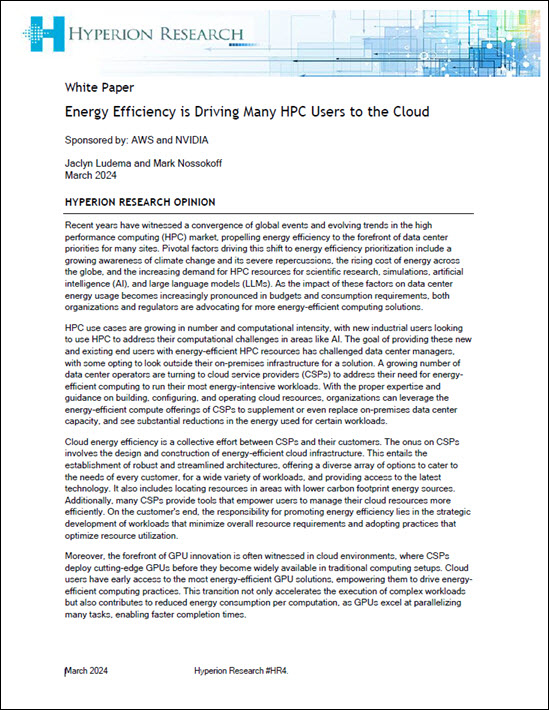The Australian iTnews (yes, the capitalization is both correct and odd) was the most interesting pointer I found to this story.
Lawrence Berkeley Lab researchers shooting for a practical solution for modeling climate at a resolution of 1 km came up with a system design based on low-power embedded processors. You know, the kinds of processors you find in cell phones and other consumer electronics.
They estimate that building a conventional supercomputer capable of modelling [sic] clouds at a 1km scale would cost about $1bn…[and] require 200 megawatts of electricity to operate, enough to power a small city of 100,000 residents.
In a paper entitled ‘Towards Ultra-High Resolution models of Climate and Weather’ the researchers present an alternative that would cost less to build and require less electricity to operate.
They conclude that a supercomputer using about 20 million embedded microprocessors would deliver the results and cost US$75 million to construct.
This “climate computer” would consume less than 4-megawatts of power and achieve a peak performance of 200 petaflops.
Go, boffins, go. Full article here.



